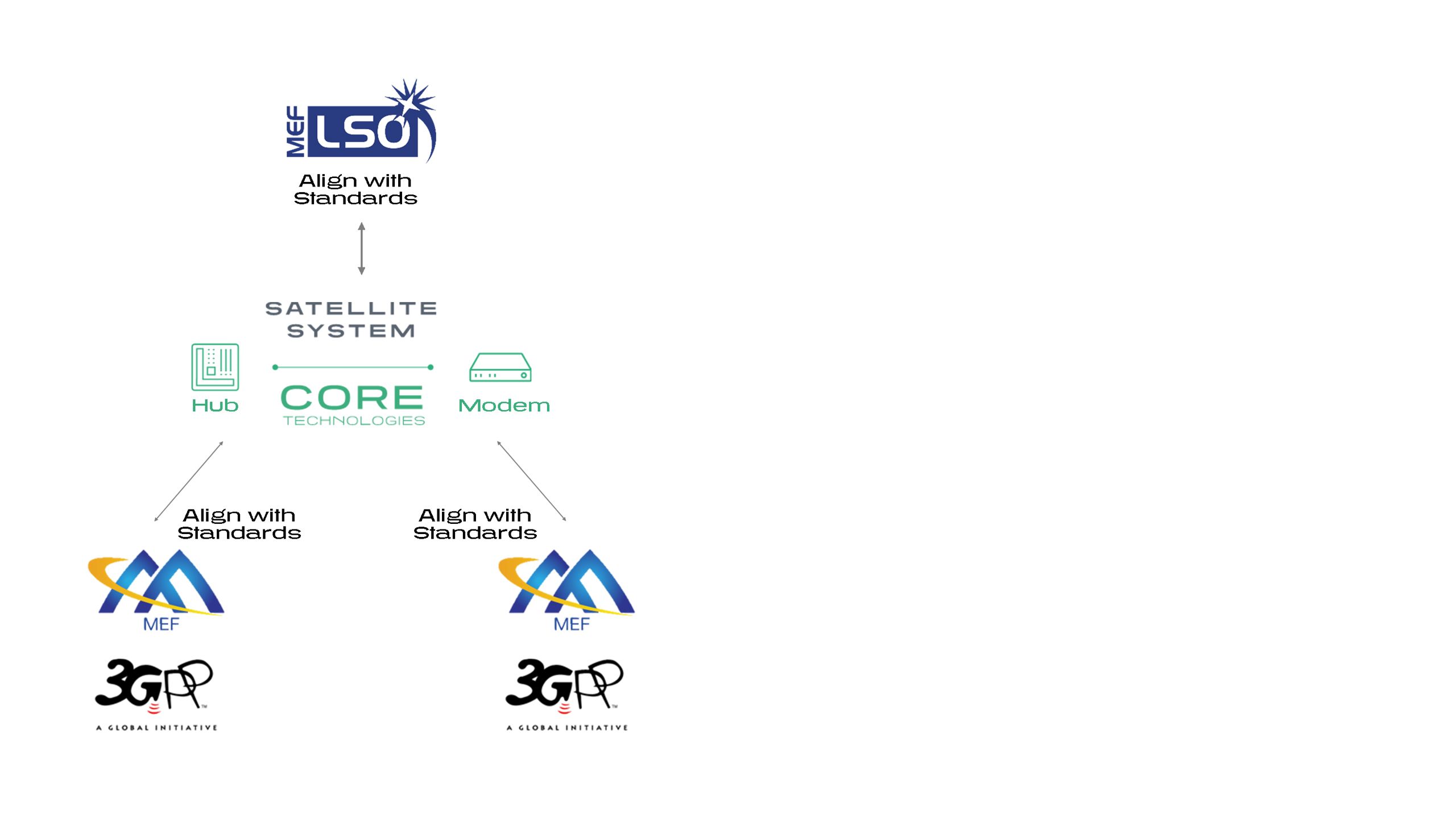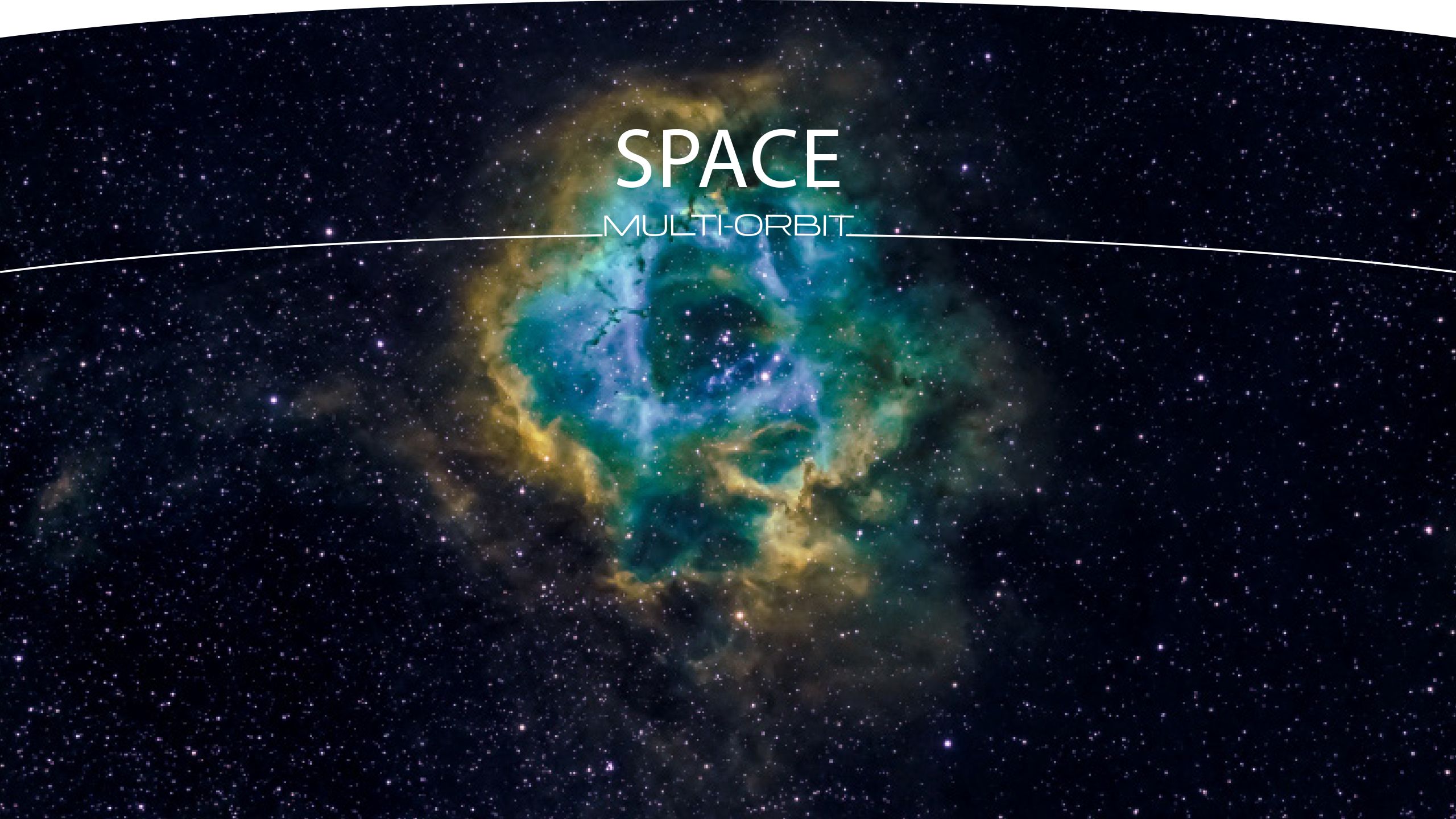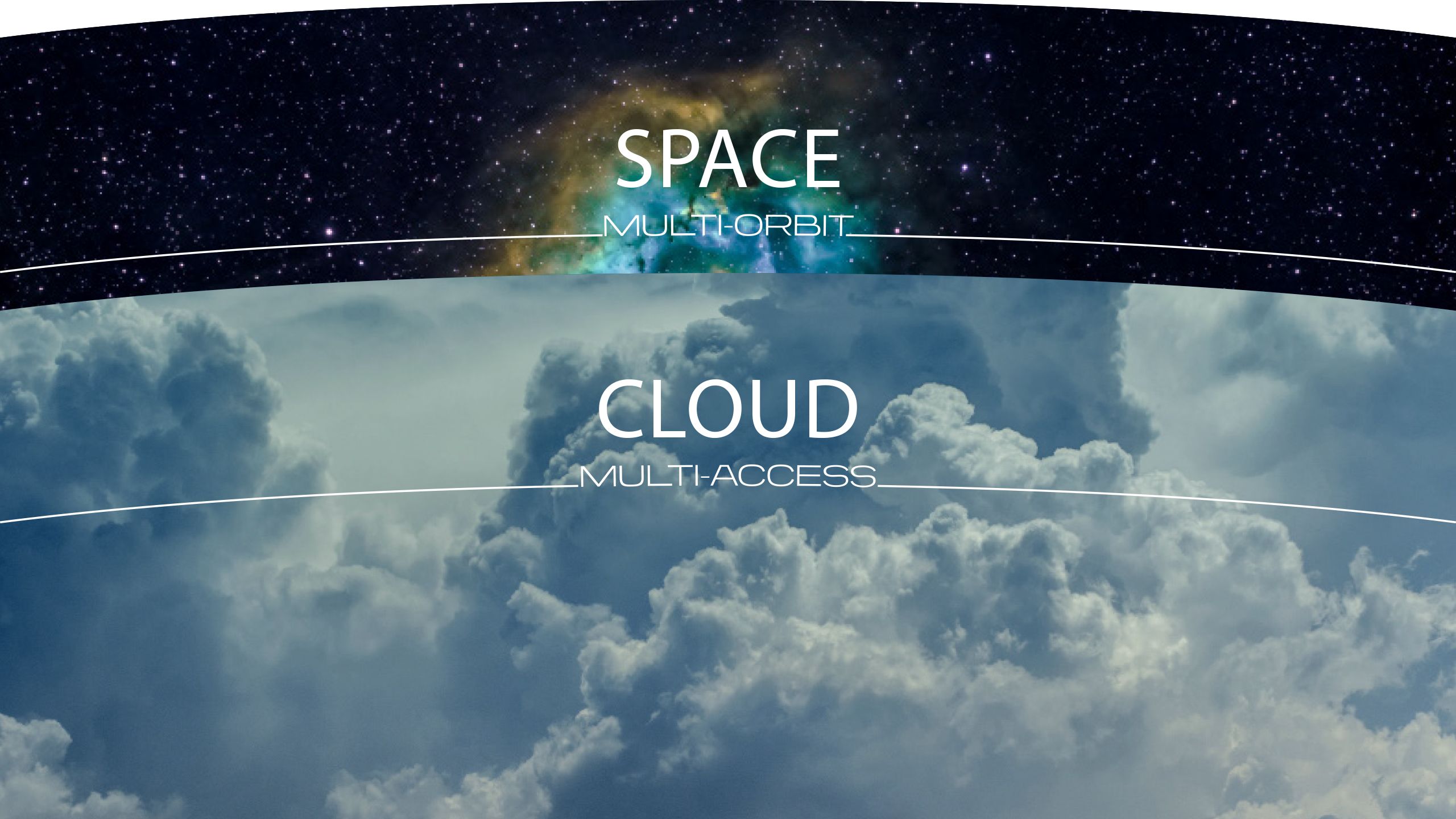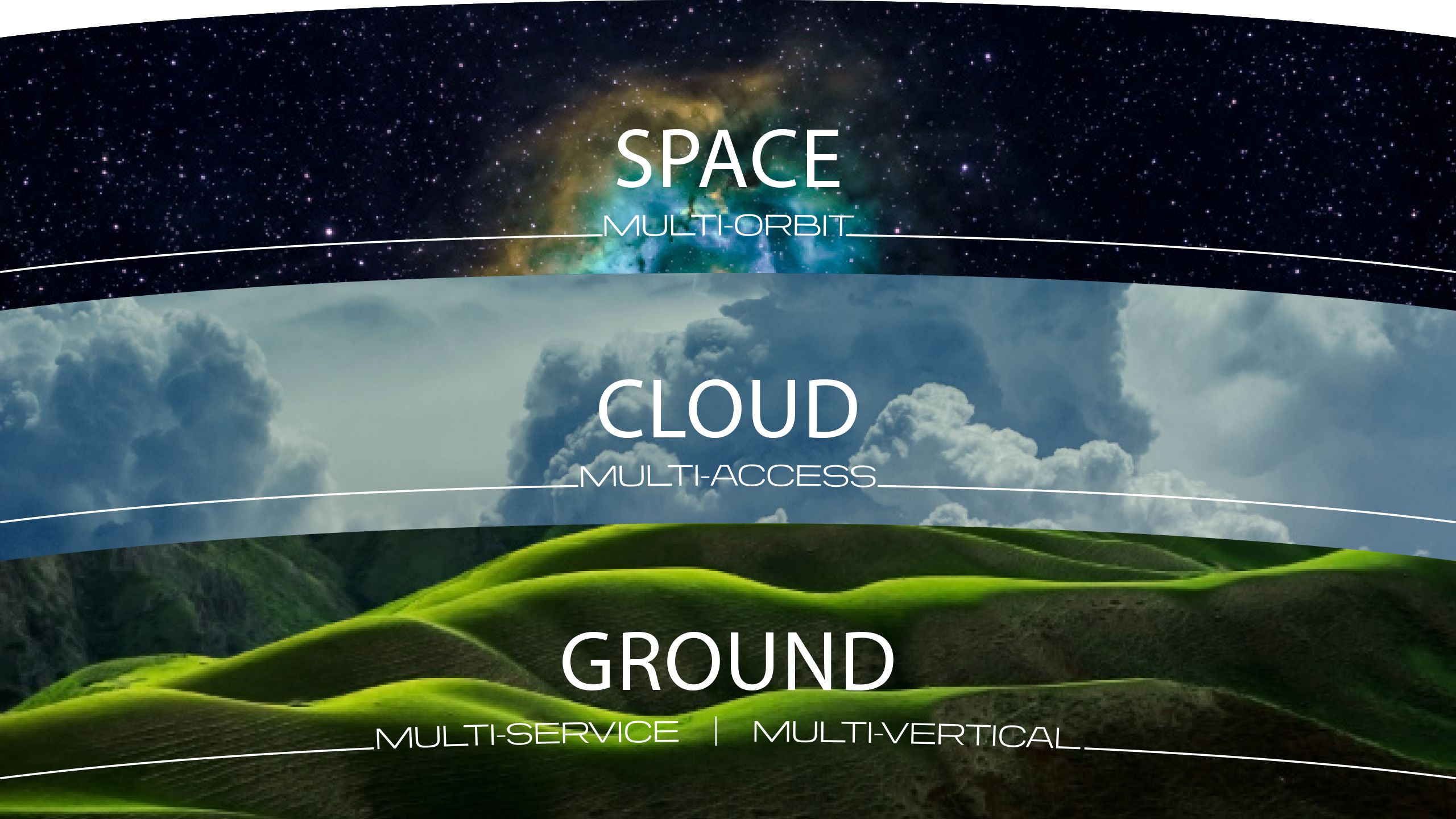TOP
TRENDS
FOR 2022
Buzzwords or
Reality?

Last year, we kicked off New Ground, a movement that aims to highlight the innovation that must take place on the ground to enable the dramatic developments that are happening in New Space. There are some key words and concepts that have made their way into our collected satellite consciousness that tie into the whole New Ground concept that we can expect to hear a lot more of over the course of the year. We thought it would be fun to highlight some of the more impactful ones so let's take a look

CONVERGENCE
We see three key elements to convergence that are impacting our industry:
The first is convergence on the terrestrial side which is mainly driven by Telcos moving toward the 5G standard, driving a master network of networks architecture that is massive in scale. In the future 5G connected world, we see it as our mandate to ensure satellite connectivity’s place in a fully converged, end-to-end network.
Then, there is convergence between the space and ground segment which will inevitably become more intertwined and demand tight integration as both evolve to accommodate software-defined technological developments. And then finally, you also have the cloud, where convergence is also happening in the sense that the industry is moving away from using very dedicated proprietary hardware to more generic cloud platforms in order to scale.
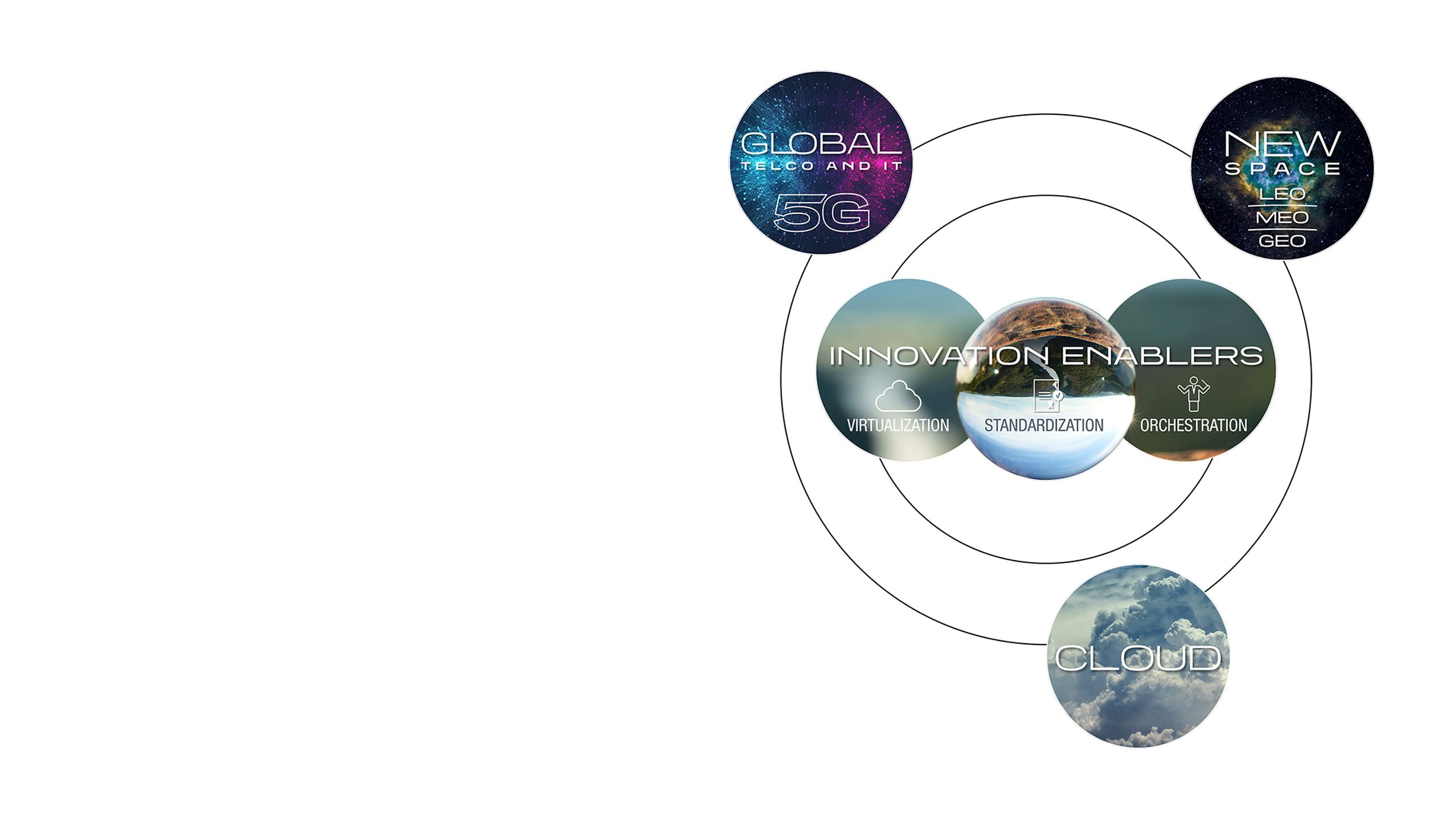
VIRTUALIZATION
AND THE CLOUD
The cloud is not a nebulous construct, but a shift in our industry that is here to stay. Enterprises all over the world are moving their private data centers and IT infrastructure to the cloud to leverage the inherent scale, performance and security. This development has major implications for the satellite industry: To keep pace and stay relevant to enterprise clients satellite infrastructure also needs to migrate to the cloud. By embracing this shift, the satellite industry can work in unison with cloud Service Providers, providing reliable connectivity to virtually anywhere on the globe as well as delivering satellite services in a space where enterprise clients are increasingly operating. In order to shift the infrastructure to the cloud, the ground segment needs to embrace virtualization technologies to carry out the modulation and processing of the satcom infrastructure. Steps to do that include the abstraction of the software functionality from the hardware and the adoption of standardized interfaces for easier interoperability of virtualized components in the cloud.
To that end we jointly started an open collaboration with ecosystem partners through the Digital IF Interoperability Consortium (DIFI) to define the Digitized Interface between modulator/ demodulator, modem and RF components as a standard. Furthermore, we are adapting our NMS and hub deployment architectures to enable more cloud-based deployment options.
And our partnership with Microsoft Azure represents another major step in our strategic direction that will lead to the virtualization and cloudification of our satcom platform. Starting with our modem, we are working on a virtualized modem that can be deployed on a Microsoft Azure HCI Stack based solution.

SOFTWARE DEFINED PAYLOADS
Satellite capabilities are changing. Previously, they were designed to fulfil a specific purpose with beams covering certain regions with pre-determined throughput. Today, they are becoming increasingly flexible with completely dynamic beams, opening up new possibilities and creating greater flexibility. These software-defined standardized payloads mean that operators don’t need to design satellites upfront, and operators can launch satellites and configure them later to a specific use case or reconfigured depending on demand. This removes a lot of business risk for the operator. But that also means that, to unlock the capabilities that New Space offers, ground systems must be equally dynamic and tightly integrated to dynamically match the resources on the ground with those in space as and where they are needed.
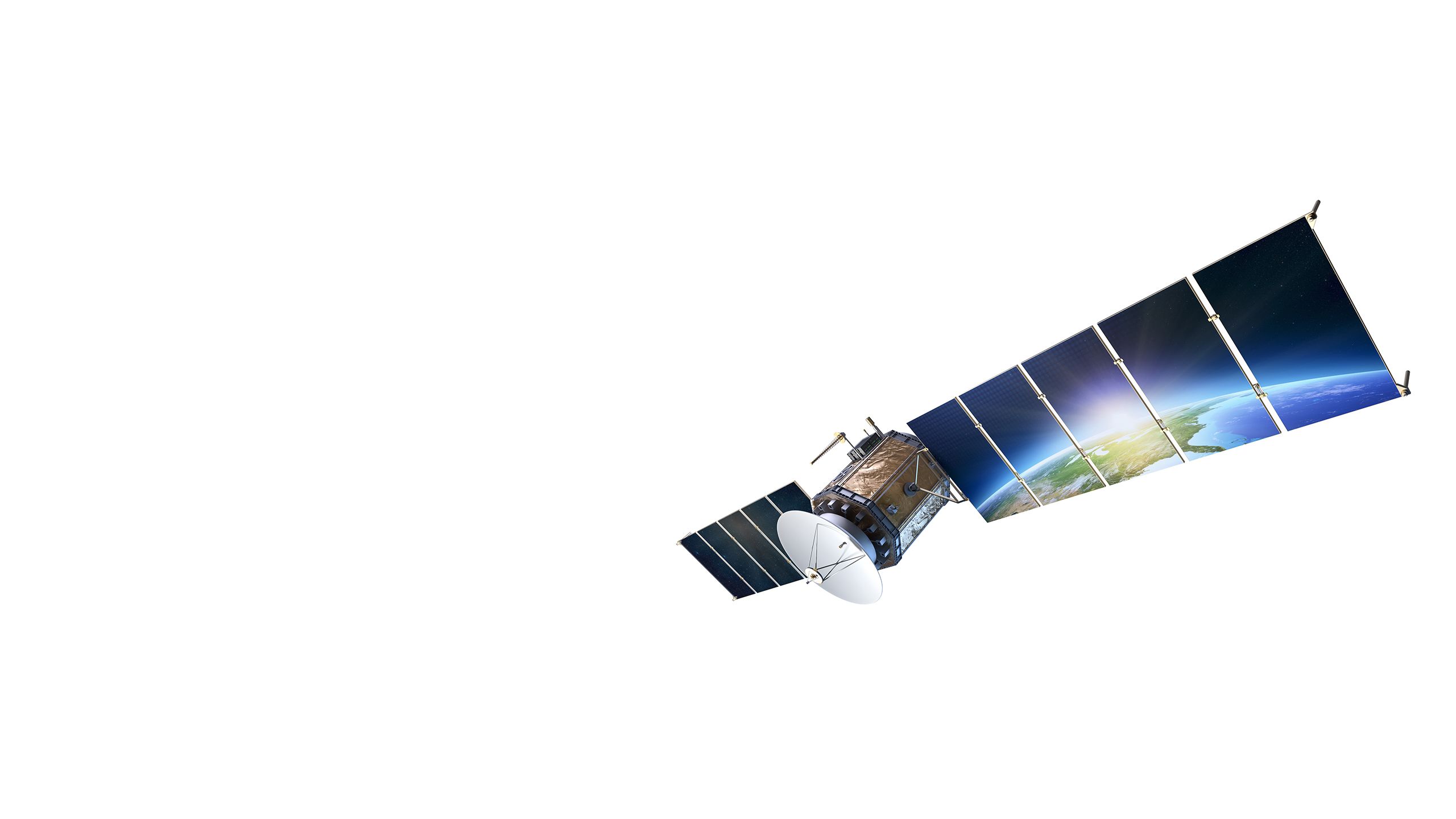
MULTI-ORBIT
The race is on to introduce services on multi-orbit satellite constellations, the likes of which we’ve seen emerging over the past few years. Some are still in the design phase, some are in the process of being launched, but every single one is hotly anticipated. Each of these orbits brings its own unique benefits such as lower latency, better performance, the ability to offer mobile connectivity, increased throughput or lower cost per bit. Every new constellation needs a ground system to match its capabilities. Without it, New Space simply can’t be realized and the right ground system will enable a user to seamlessly shift between orbits and networks.

ORCHESTRATION
Communications networks are complex and need to be managed from multiple perspectives in order to meet today’s dynamic customer demands. Thus, networking and orchestration technologies need to work in unison across multi-orbit satellite, terrestrial and mobile networks
to enable a truly seamless service offering. Resource and end-to-end service orchestration can achieve exactly that
as they match software-defined satellite constellations with software-defined networks. Resource orchestration enabled natively or though APIs allows the payload and the ground system to react dynamically to demand and supply changes, maximizing the revenue potential of their most valuable capacity. End-to-end service orchestration
based on open architectures and standardized platform APIs also ensures that services are implemented in an automated, and seamless manner reducing overall operational networking complexities and expediting time to market.
In the case of O3b mPOWER our dynamic, open ground system and standardized platform APIs combined with the resource management capability of the SES’ Adaptive Resource Control (ARC) will enable the dynamic control and optimization of power, throughput, beams and frequency allocation across the entire system.
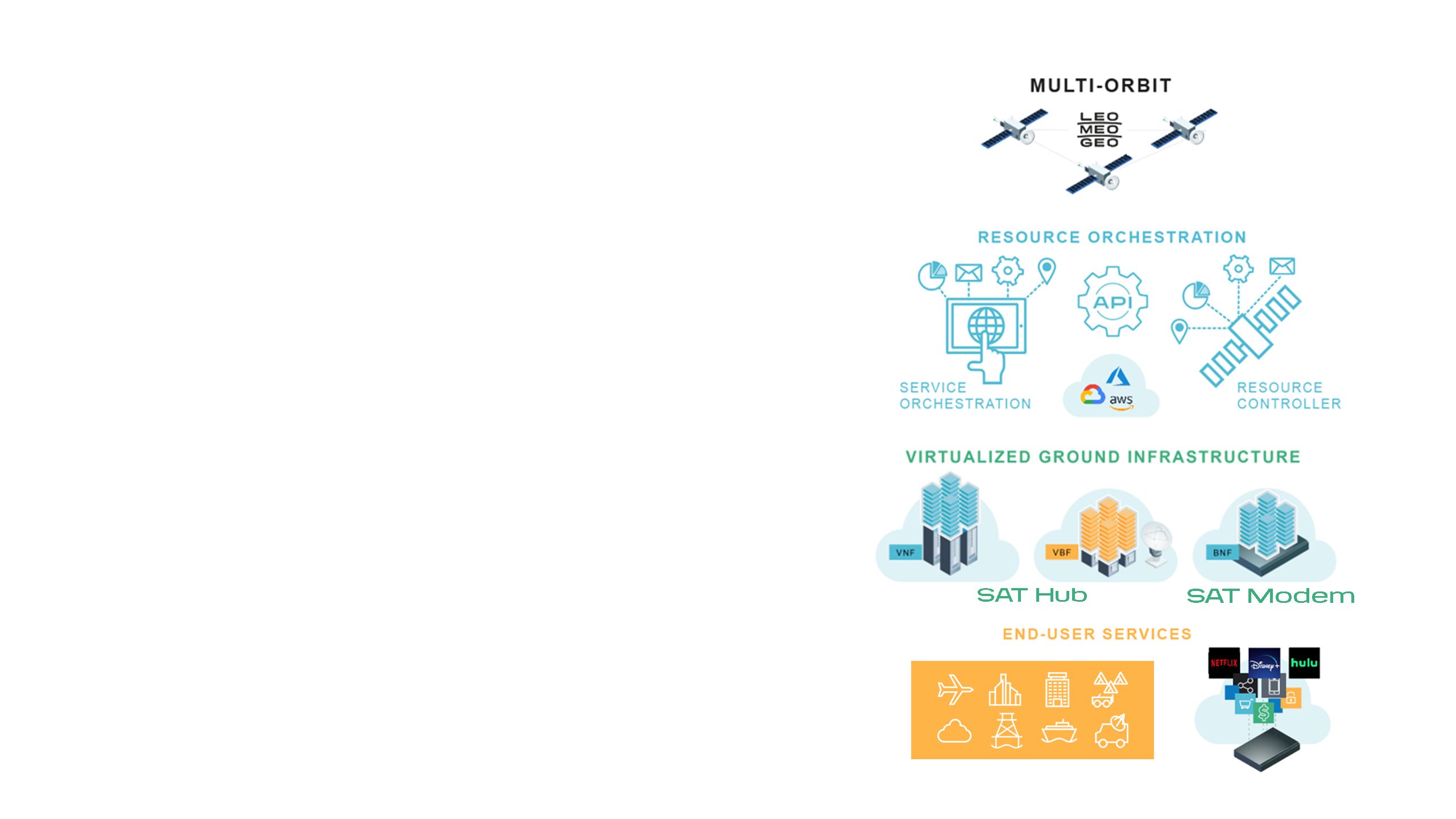
STANDARDIZATION AND COLLABORATION
The tighter integration that we’ve already mentioned between space and ground segment is a big driver for convergence and for standardization. Standardization is what will enable interoperability between different types of networks. Our VSAT systems have until now really been managed as standalone systems but today, this is changing because some of the terrestrial standards are now becoming dominant, such as the 5G/3GPP and the MEF standards.
The use of standards will allow our customers to integrate satellite communication systems into an existing terrestrial environment rather than having to manage the satellite communication system as something on the side with its own proprietary API's and interfaces. This will allow satellite systems to be plugged into the wider ecosystem which is in the process of converging towards one standard driven mainly by 5G.
As a member of DIFI (Digital IF Interoperability Consortium) and 3GPP, along with our industry peers, we’re working together for common interoperability standards that will ultimately result in greater compatibility with the global communications infrastructure.
Collaboration between players stimulates knowledge sharing, creating a flow of ideas and problem solving that results in innovation that can propel it forward.
Click the button below to read how DIFI and DIS Standards Groups Combine to Make Open Standard a Reality
We’re proud to collaborate with multiple partners and with multiple organizations. It’s essential to helping us grow. We support a raft of industry organizations such as GSOA, GVF, MSUA, and working groups such as SaT5G, Satis5 and Osmosis.
